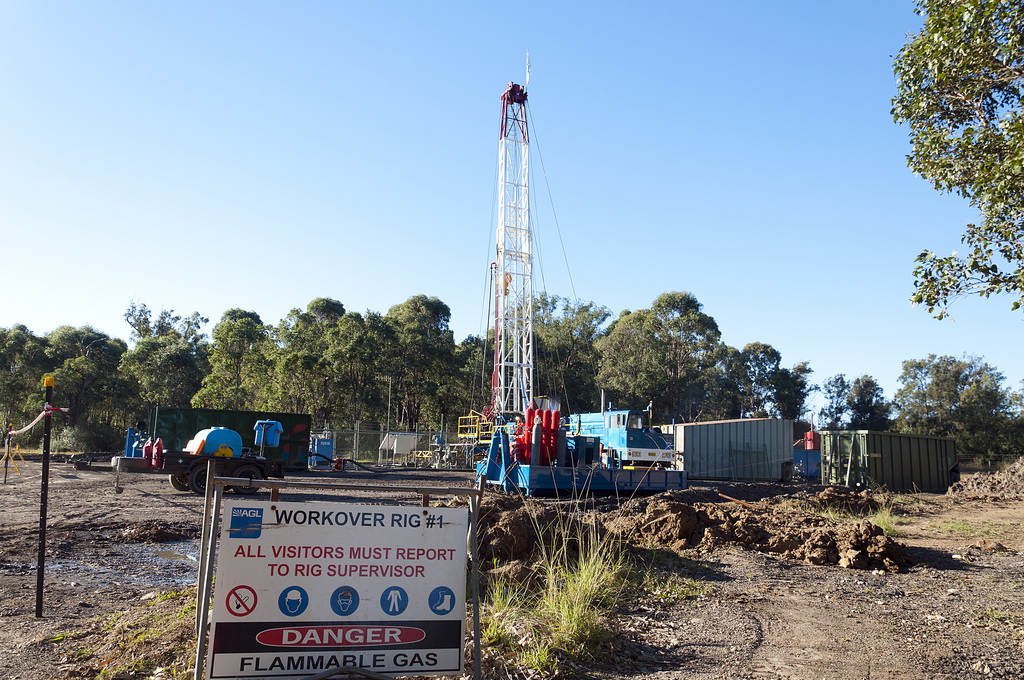In the effort to reduce America’s dependence on foreign oil there have been countless attempts to increase solar energy production, wind farm infrastructure, bio-fuel manufacturing, and other avenues of renewable energy. However, it seems that the “drill baby, drill” mentality has merit after all as the U.S. is now exporting more oil than ever.
In an article from the Wall Street Journal, the Energy Information Administration (EIA) announced this month that the port district of Houston-Galveston, which handles over half of U.S. crude oil exports, is now exporting more oil than it imports.
In April, Houston-Galveston exports surpassed imports by 15,000 barrels a day. Just one month later, the difference skyrocketed to over 470,000 barrels a day.
An EIA news release states that “Total U.S. crude oil exports rose to a record high of 2 million b/d in May.”
There are many factors that have contributed to this renewed surplus within the U.S. oil industry. The slashing of regulatory hurdles like the oil export ban, which prohibited most crude oil exports from the United States to other countries, occurred in 2015 after a 40-year run with the federal policy. Though, it did come with Republicans in Congress agreeing to extend the Obama Administration’s green energy subsidies for the next few years.
Nevertheless, rapid advances in hydraulic fracturing “fracking” and horizontal drilling in previously-untapped shale rock have lowered drilling costs and led many areas of the U.S. – notably Texas, Pennsylvania, Ohio, and North Dakota – towards an oil and gas drilling revolution. For example, in 2019, Texas may even produce more oil than either Iraq or Iran.
The real beneficiaries of this new wave of oil production are not big the “Big Oil” types that liberals commonly rail about. The boom has awarded “workers, investors, and the overall economy,” the article states. Furthermore, it has created greater flexibility in foreign policy as the U.S. is less vulnerable to authoritarian oil exporters.
Even though these factors may lead one to believe that the U.S. is to become a net oil exporter within the coming months, it is unlikely to happen. Refineries in the U.S. still require “heavy crude” from abroad, whereas shale drillers produce lighter grades.
Regardless, the import-export gap is now at a 24-year low, decreasing to 6.8 million barrels a day from more than nine million in 2012. With the sharp increases in domestic production, the U.S. may see itself as the world’s top oil producer going into 2020.





